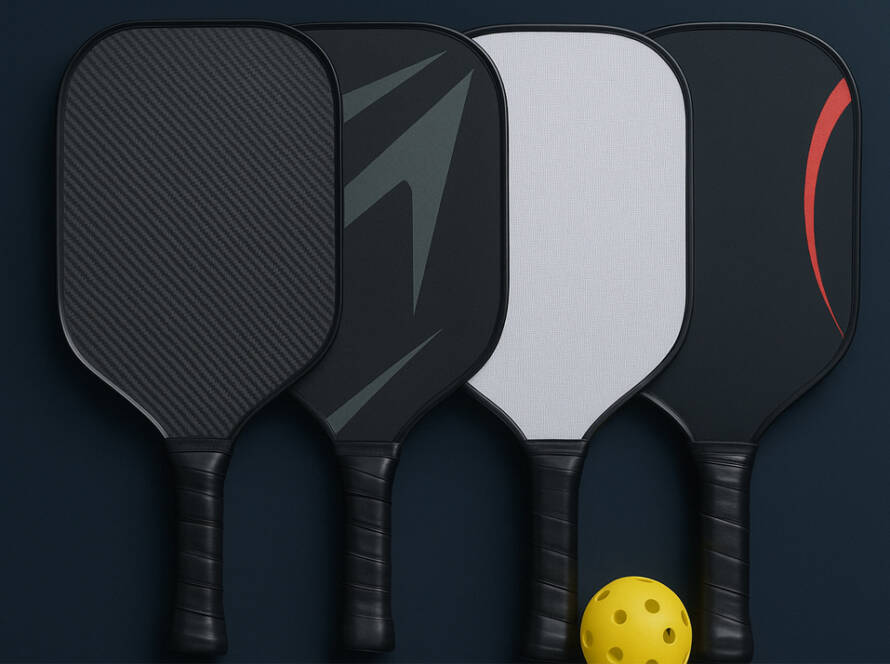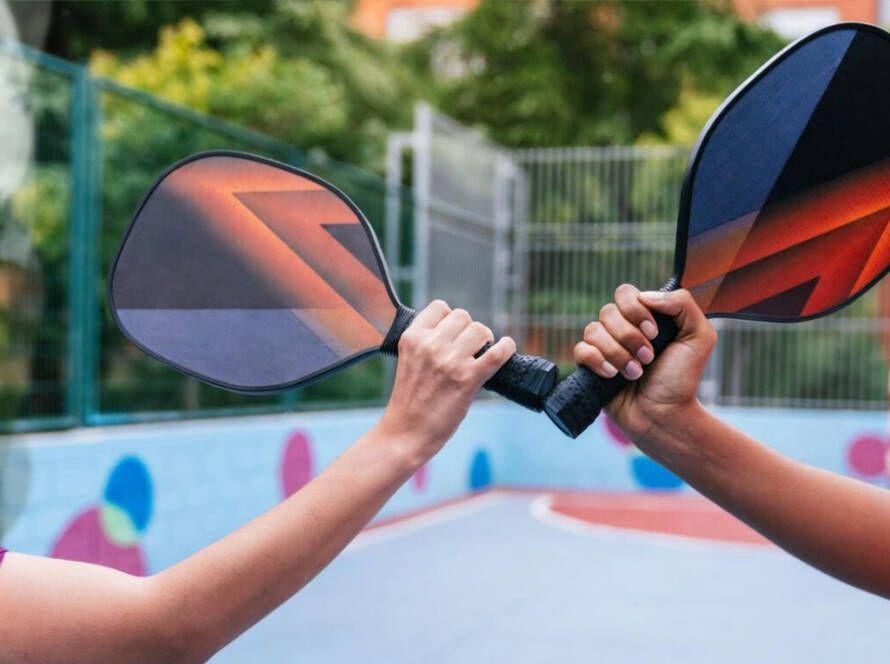Pickleball Rules: The Only Guide You Need to Understand the Game
Pickleball has taken the sports world by storm, growing rapidly across the globe. Whether you’re playing for fun, fitness, or competition, understanding the official Pickleball rules is essential for improving your game and enjoying it to the fullest. This complete guide breaks down everything you need to know—clearly, accurately, and with no unnecessary jargon.
What is Pickleball?
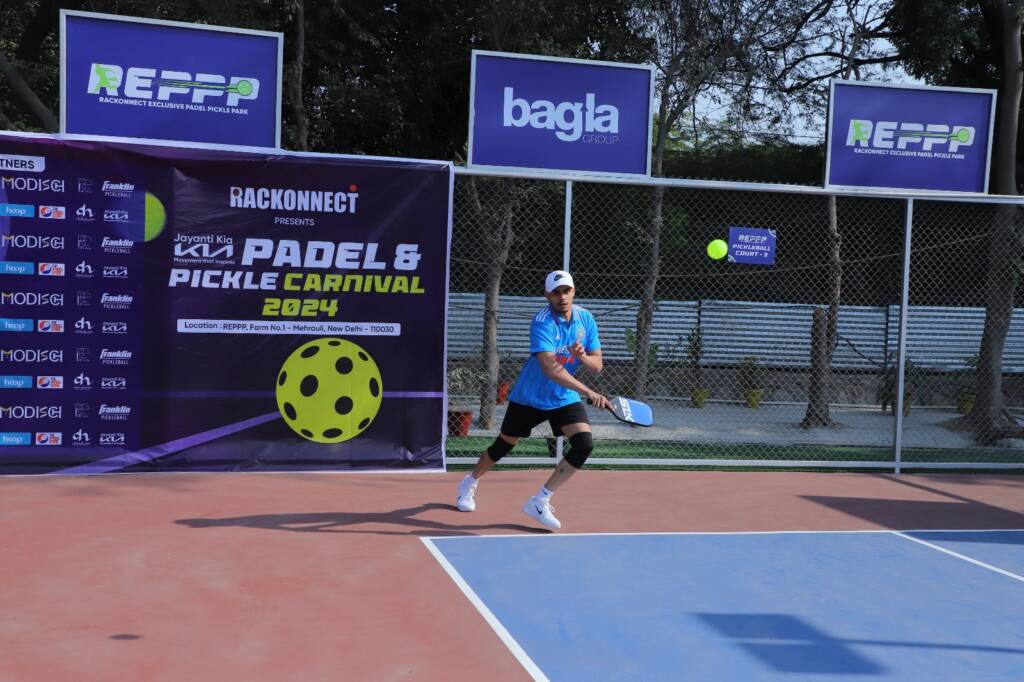
Pickleball is a paddle sport that blends elements of tennis, badminton, and table tennis. It’s played on a compact court with a paddle and a plastic ball with holes, commonly referred to as a wiffle ball. Suitable for players of all ages and skill levels, the game is easy to learn but challenging to master.
Official Pickleball Rules: Explained in Detail
1. Court Dimensions and Zones
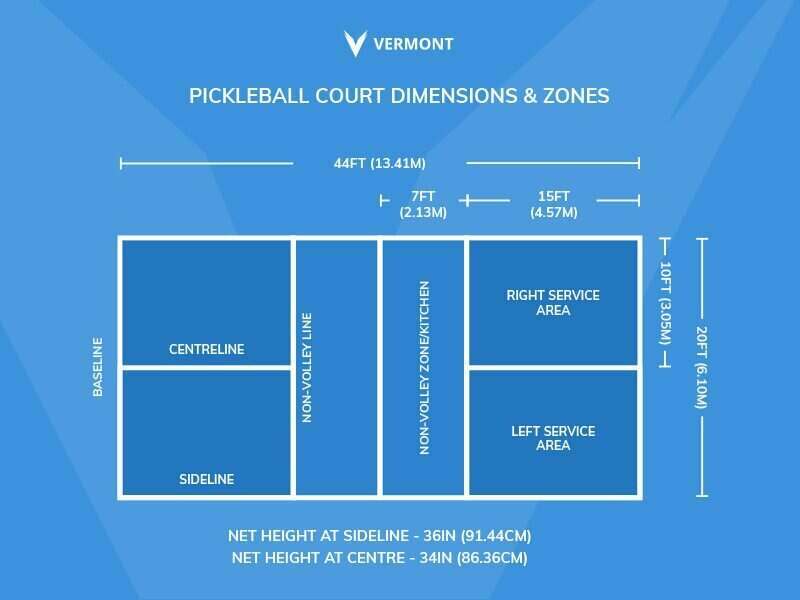
- Size: The standard court is 20 feet wide and 44 feet long.
- Non-Volley Zone: A 7-foot area on both sides of the net, called the kitchen, where volleys are not allowed.
- Service Areas: Divided into left and right service courts.
2. Serving Guidelines
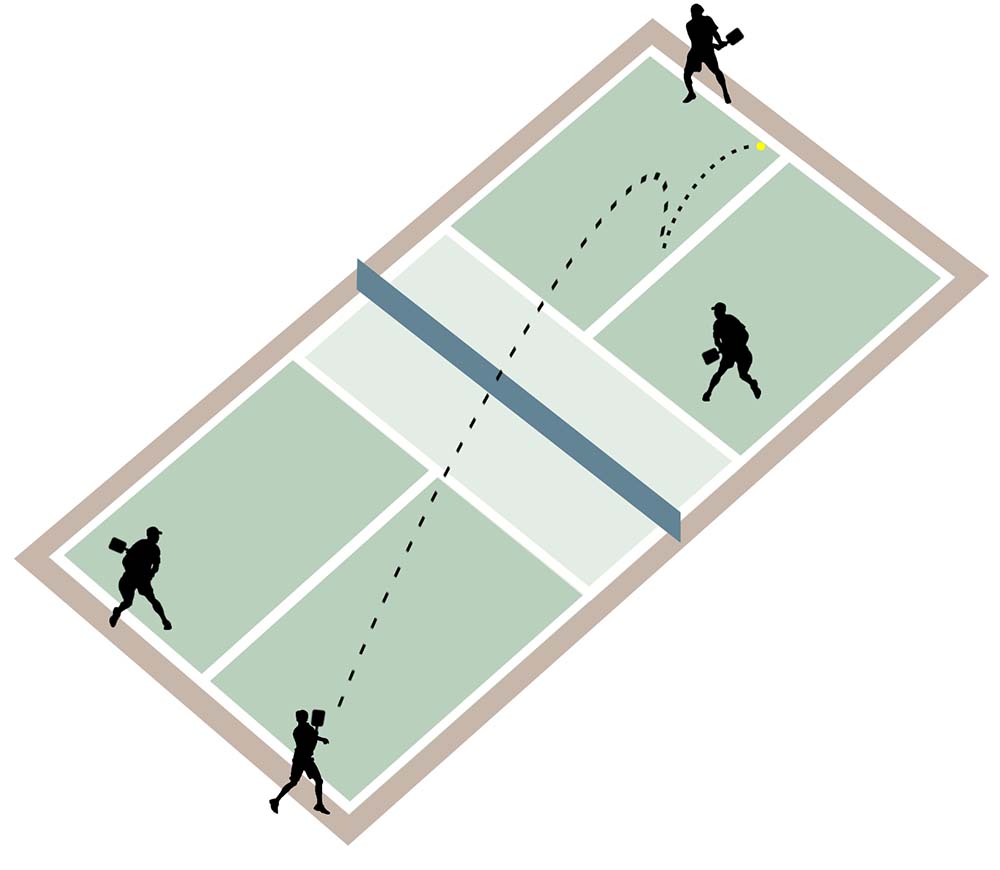
- Underhand Serve: The ball must be served underhand, below the waist.
- Diagonal Delivery: Serve must land in the diagonally opposite service area.
- Feet Placement: At least one foot must remain behind the baseline during the serve.
- One Chance Only: You get a single chance to serve unless there’s a let (the ball touches the net but lands correctly).
3. Two-Bounce Rule
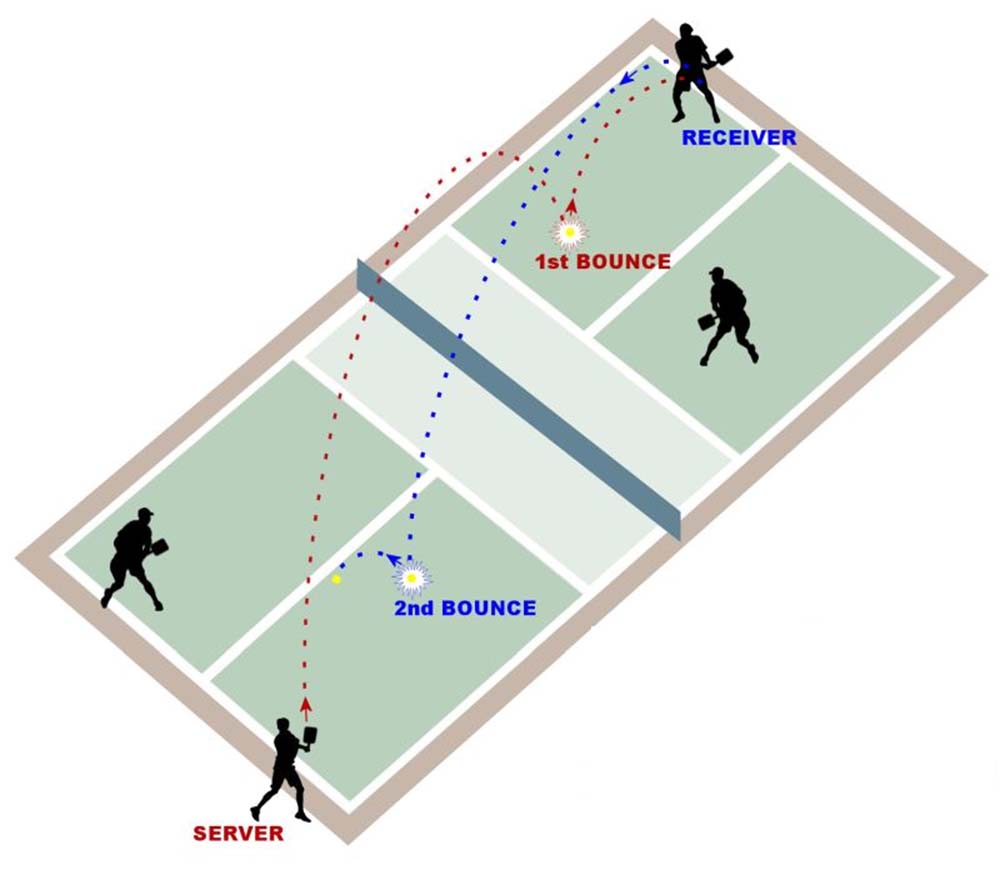
This is one of the most important pickleball rules. After the serve, each side must let the ball bounce once before hitting it in the air. This eliminates serve-and-volley advantages and promotes longer rallies.
4. The Kitchen Rule

The kitchen, or non-volley zone, prohibits players from volleying the ball while standing inside it. Even stepping on the kitchen line during a volley results in a fault. You can enter the kitchen to play a ball that has bounced.
5. Scoring Rules

- Who Can Score: Only the serving team can score a point.
- Winning a Game: Standard games are played to 11 points and must be won by at least 2 points.
- Serving Order: In doubles, both players on a team serve before the serve switches to the opponent.
6. Common Faults
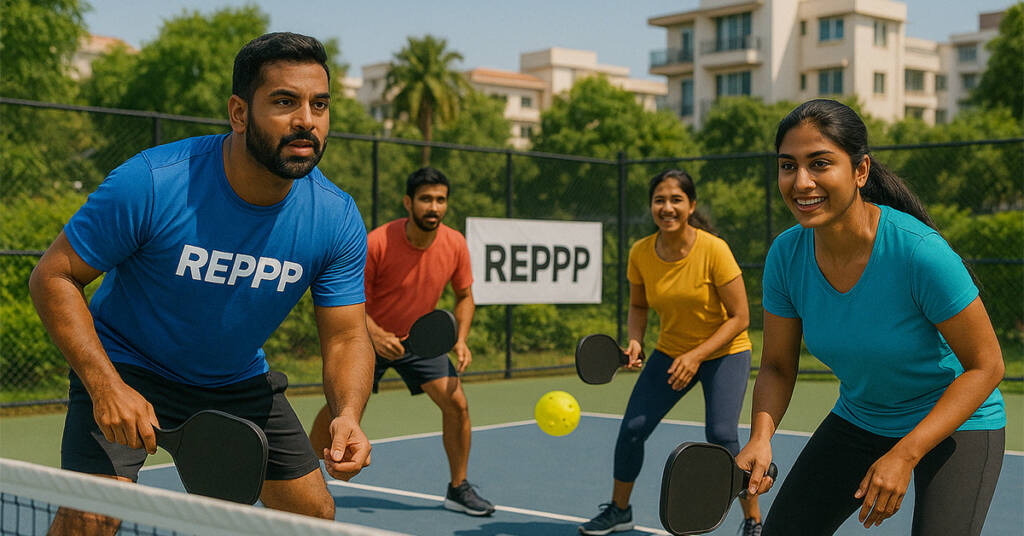
- Serving into the wrong box or into the net.
- Volleying from within the kitchen.
- Ball bouncing twice before returning.
- Stepping outside the boundaries when hitting the ball.
- Violating the two-bounce rule.
Pickleball Doubles vs. Singles

In doubles, teamwork and positioning are key. Players alternate serves and shift positions after scoring. In singles, the same rules apply but the court feels larger, requiring more movement. The serving rule still follows even (right side) and odd (left side) score positioning.
Drills and Practice to Improve Rule Application
To get better at following the rules and enhancing gameplay, try these structured drills:
- Wall Rally: Improves control, timing, and reaction.
- Serve Practice: Helps develop consistency and placement.
- Kitchen Line Drill: Enhances awareness of non-volley zone footwork.
- Two-Bounce Simulation: Reinforces patience and adherence to the rule.
How to Get Started
Before you play your first match, get familiar with these tips:
- Read the official USA Pickleball rulebook (updated annually).
- Practice serves and returns to build confidence.
- Join local clubs or use apps like Rackonnect to find courts, partners, and matches near you.
Why Pickleball Rules Matter
Following the rules isn’t just about winning—it’s about respecting the game and your opponents. Rules ensure fair play, safety, and a smooth flow of the match. For beginners, learning the rules builds a strong foundation for more competitive play later.



